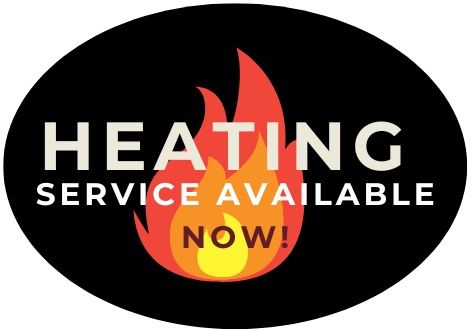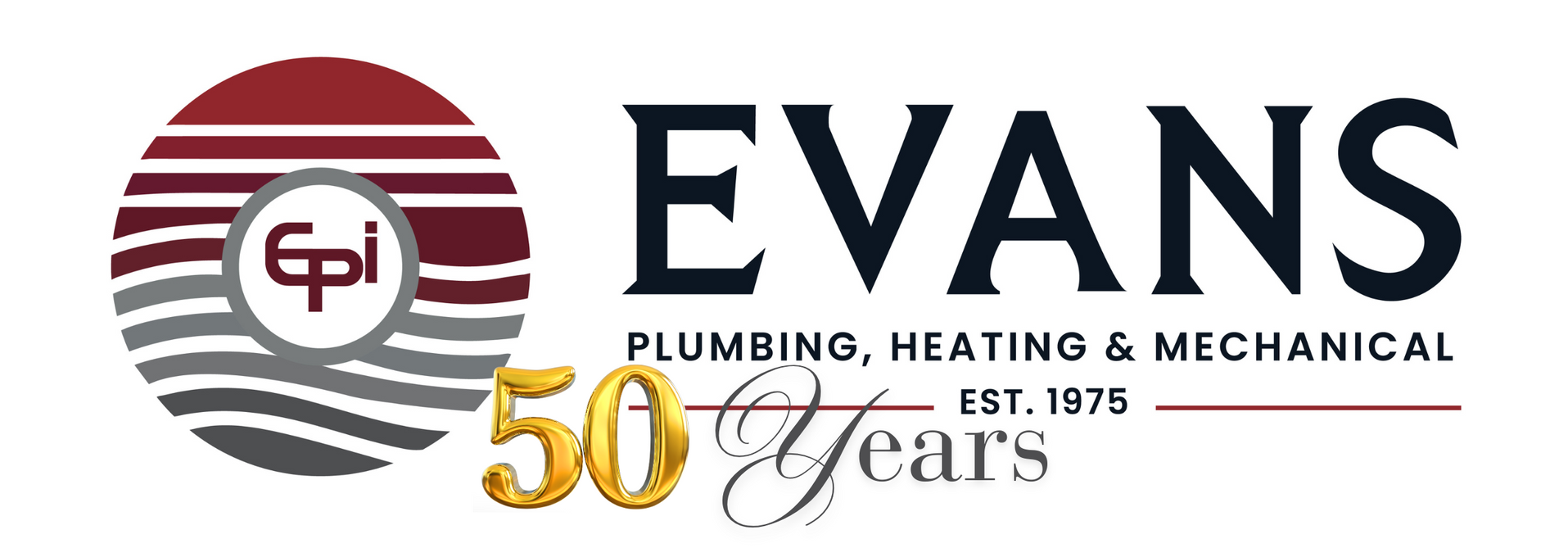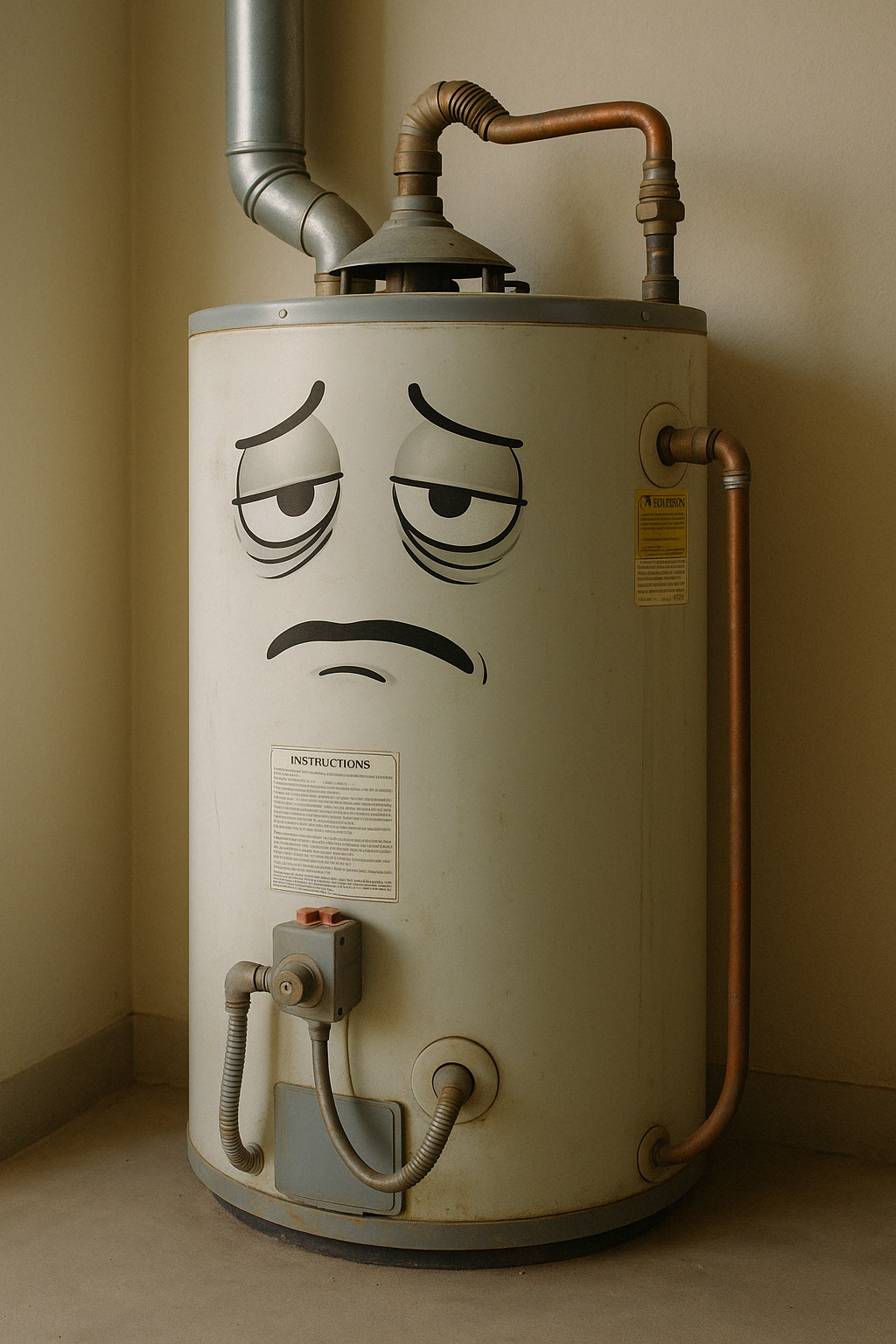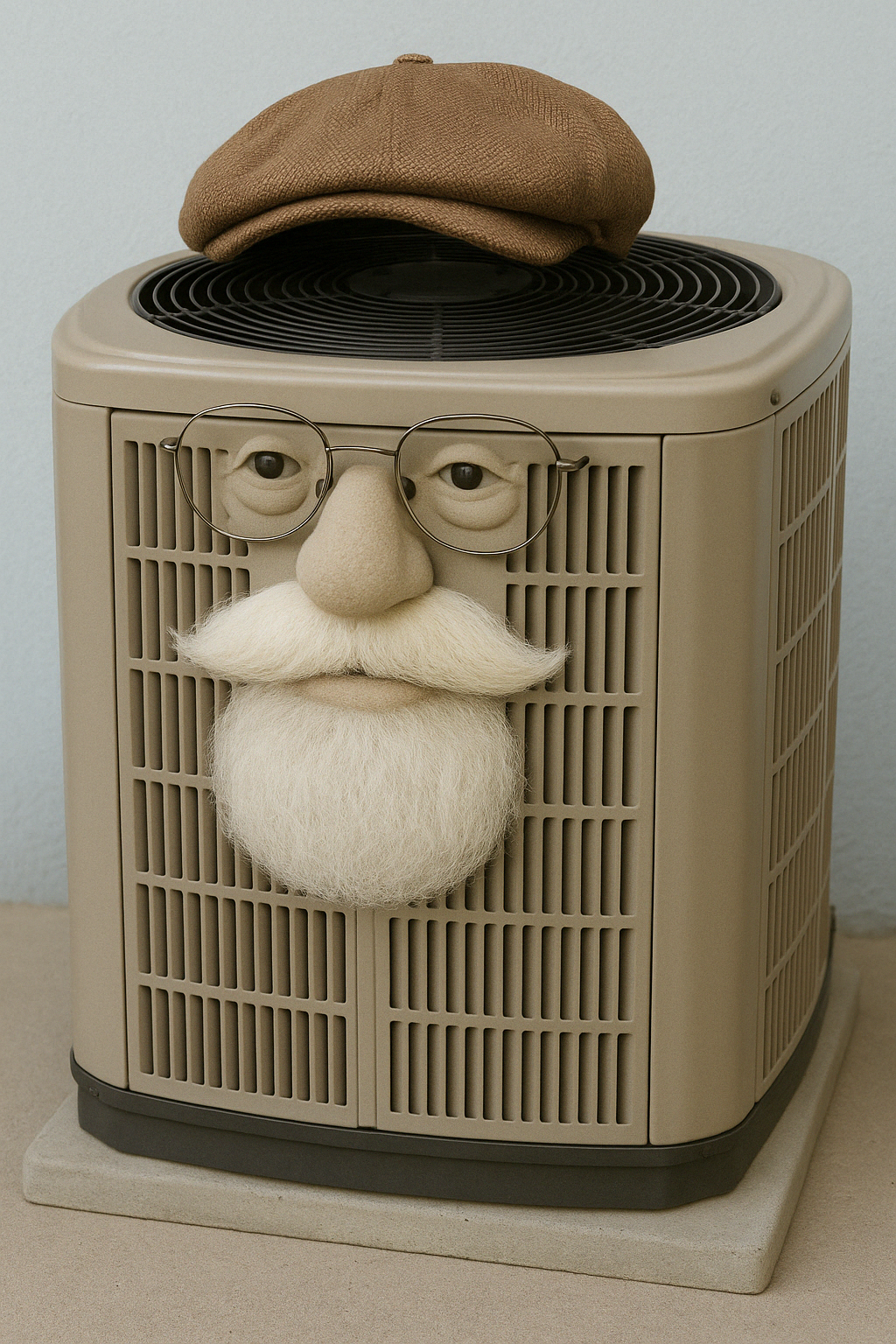What to Know When Replacing a Bathroom/Kitchen Sink
January 7, 2025
Do-it-yourself work is taking over kitchens and bathrooms everywhere. Stick-on tiles allow for beautiful tile backsplashes, for example, and more and more people are sharing their techniques online for adding paint and other personal touches to these rooms. However, some steps involved with revamping the kitchen or bathroom are not so easy to do yourself, especially when they involve your plumbing.
If you decide it’s time to replace your kitchen or bathroom sink, our best advice is to call in a plumber. In any case, there are some things that anyone should know before they begin the task of replacing the sink, faucet, and connections and sealing everything into place.
Many people choose to upgrade their kitchen sinks to have a deeper basin in which to soak dishes or fill up large pots and buckets. However, there may be a limit to just how deep your sink basin can be. You do not want to interfere with the space where the trap comes to a curve, or else the drains won’t empty properly and you may need to have major plumbing work done.
The tailpiece is the pipe fitting between the drain trap and the drain basket. Measure this piece to see how much bigger your sink can actually be before it interferes with the drains.
Be aware that different sinks have a different number of holes to fit the faucet and any accessories. Some sinks have only one-hole to accommodate a single-handle faucet. Others could have 4 holes or more to hold the faucet, handles, sprayer attachment, and soap dispenser. What’s really important is that you don’t have too few holes, as there may be no way to add a new one. With too many holes, you can get a plated cover to go over it. However, for the purpose of aesthetics, it’s better to find one with the precise number of fittings.
It was once thought that plumbers’ putty was the best sealant for nearly any plumbing job. However, today’s plumbers know that this is a poor substitute for caulk when it comes to an entire sink assembly. Putty can easily dry out and lead to leaks, and it may damage your sink basin, so look for a quality silicone caulk instead.
If you plan to apply caulk yourself, rather than calling in a plumber, be sure that all caulk is properly scraped from the counter first. Check the counter for water damage that may make it more difficult to seal and clamp into place—you might need to replace the countertops too.
Many people attempt to save some money by replacing just the sink and faucet, while leaving the old piping and drain assembly behind. We think this is a mistake. It’s not too much more expensive to purchase new drain parts. In fact, the drain assembly is sold as a complete kit at many hardware stores. If you’re replacing a sink yourself, be sure to discard and replace the drain assembly so you can really start anew. A qualified plumber will do this anyway!






Share On: